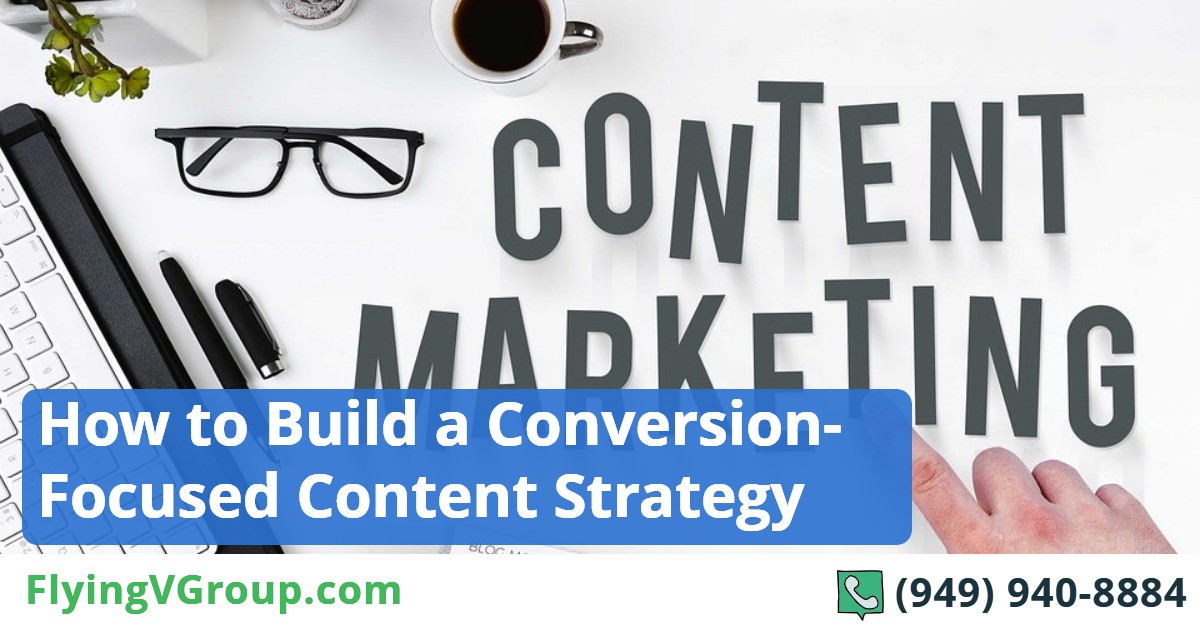Are you an entrepreneur who’s looking for ways to skyrocket brand awareness and strengthen brand authority? Or are you a marketer who wants to drive increased organic traffic to their clients’ websites? Wouldn’t it be great if you could accomplish all this on a minimal budget and get long-term results?
This is exactly what content marketing helps you achieve. Also, it’s a great way to build an enduring relationship with your potential and existing customers, as well as win their trust and loyalty. When implemented correctly, it even boosts lead generation and sales. Creating content that’s informative and useful enhances user experience, something that Google prioritizes when ranking pages. In other words, great content equals better SEO.
But it’s essential to understand that content marketing isn’t just about writing insightful blog posts and witty social media updates. This is because 70% of modern businesses are actively spending their advertising dollars on content marketing.
So, if your content isn’t exceptionally good, it won’t reach your potential customers. Even if you work with the best content writing services to publish outstanding blog posts, you must ensure that your content is relevant to your target consumers.
Also, merely attracting a huge audience isn’t enough. Your content marketing strategy must be designed in a way that converts prospects into leads and eventually, customers. In other words, you need a conversion-focused content strategy to maximize your content marketing ROI.
Understanding Conversions
The biggest mistake that notice content marketers often make is to think of sales as the only form of conversion. Of course, the ultimate objective of your content strategy is to convert new prospects, who aren’t familiar with your business, into paying customers and loyal brand evangelists.
In an ideal world, a consumer would come across one of your blog posts on Google, head to your website, check out your products/services, and purchase from you. But today’s competitive marketing landscape makes this a distant dream.
It means you have to handhold your potential customers through a series of conversions before they make a purchase decision. That’s why, in the context of content marketing, a conversion happens every time a prospect/lead takes the desired action after engaging with your content.
A conversion can, therefore, refer to:
- A website visitor signing-up for your newsletter
- An email subscriber visiting a relevant product page
- An active lead requesting a product demo
So, how can you ensure that the maximum number of new prospects and website visitors turn into customers? The key is to provide them with conversion-oriented content that targets their pain points. It’s now time for us to explore the process of developing a conversion-focused content strategy.
In recent years, conversational marketing has taken digital marketing by storm. In today’s world, every business wants to involve customers by interacting with them to keep them engaged and to learn about their day-to-day needs. AI-powered chatbots give brands a new and unique voice to connect with their users and bring them closer together. Several brands like Amazon, Sephora, Spotify, and many more have enhanced their customer interaction by using chatbots.
An AI-powered chatbot can be self-programed to learn customers’ problems. It can comprehend what the customer is searching for and what data they’ll require for them to find answers to their queries/problems.
Tips for a Conversion-Focused Content Strategy
Even the most groundbreaking blog post won’t be of much use unless it compels your audience to take the desired action. Here are a few powerful tips to help you optimize your content strategy for conversion:
- Understand the buyer’s journey
- Choose the right topics and content formats
- Leverage lead magnets
- Use strategic CTAs
- Identify top-performing content
1. Understand the Buyer’s Journey
The buyer’s journey refers to the various stages a consumer goes through before making a purchase decision.
Typically, it involves the following stages:
- Awareness
- Consideration
- Decision
Prospects in the awareness stage are searching for a solution to a problem or just looking for more information on a particular topic. On the other hand, a consumer in the consideration stage is comparing various options and learning more about your brand/products.
If you want to maximize conversions, you must create relevant, engaging, and valuable content for each stage of the buyer’s journey. In other words, you have to map your content strategy to the buyer’s journey and identify your audience’s pain points and mindset in each stage.
2. Choose the Right Topics & Content Formats
Conduct audience polls, live Q&A sessions, and AMAs (ask-me-anything) on your social media profiles to understand your audience’s expectations and preferences.
Also, monitor your blog comments to identify problems and questions your readers are struggling with.
Likewise, you can conduct online surveys for a deeper insight into your mailing list. The key is to understand what your audience wants at each stage of the buyer’s journey. This, in turn, will help you select meaningful and valuable topics to cater to each stage.
While you’re at it, make sure you also choose the right content formats based on the stage of the buyer’s journey you’re targeting. For instance, detailed blog posts and infographics are great for grabbing eyeballs in the awareness stage.
However, comprehensive e-books, whitepapers, and product tutorials work better for the consideration stage. Likewise, well-researched product comparison guides and case studies are more suitable for active leads in the decision stage.
3. Leverage Lead Magnets
A lead magnet is any piece of gated or exclusive content that a user can access by providing their personal information (name, email address, company details, etc.).
Common examples of lead magnets include:
- E-books
- Ultimate guides
- Content upgrades and cliffhangers
- Checklists
- Whitepapers
- Webinars
Identify a topic that’ll immediately resonate with your target audience and conduct extensive research to make the lead magnet irresistible. Also, you should build a straightforward and accessible landing page to showcase each lead magnet.
4. Use Strategic CTAs
Most website visitors reading a blog post wouldn’t mind checking out other content on your website. But they won’t do it unless you explicitly tell them to do so. That’s why it is essential to judiciously accompany your content with the right calls-to-action (CTAs).
From strategically placed internal links to animated buttons with crisp copy – you can use a wide array of CTAs. The key is to clearly tell your audience what action they’re supposed to take after checking out your content.
5. Identify Top-Performing Content
If you’ve already published content on your blog and social media profiles, it’s time to analyze the available content assets. Watch out for topics and formats that have garnered maximum traction and conversions. Analyze whether they’re still relevant to your audience and can help you achieve your goals.
What tactics does your organization use to create conversion-focused content? Share your suggestions in the comments section below.
Getting to the top of Google search matters! At Flying V Group, we have years of experience helping Southern California small businesses get top-ranked Google search hits. Click here for a free content and digital marketing audit. We’ll offer actionable insights you can put into practice, right now, that can start bringing in consistent traffic at over 20% month over month.






0 Comments